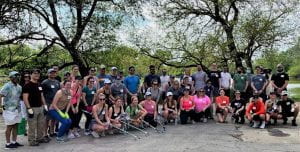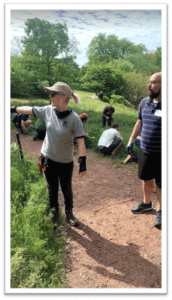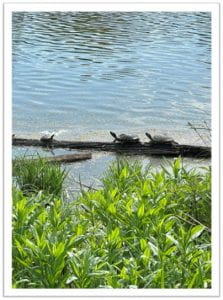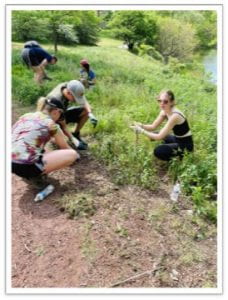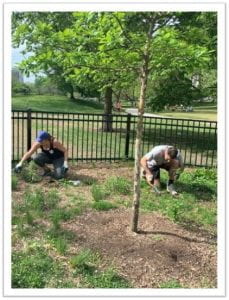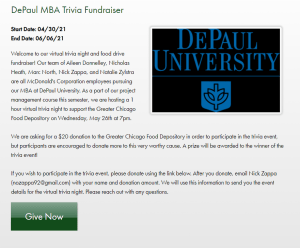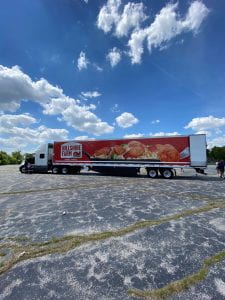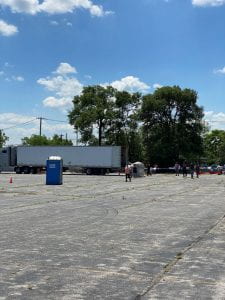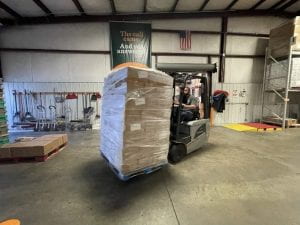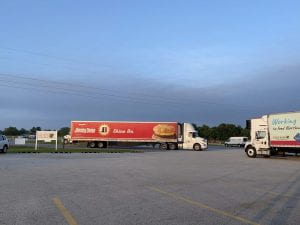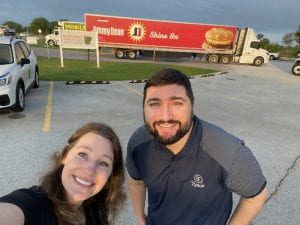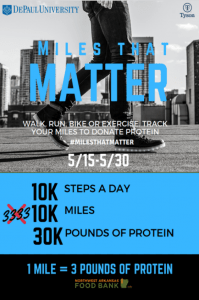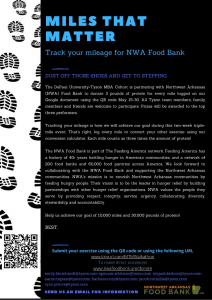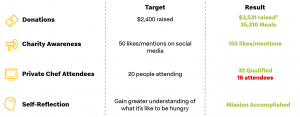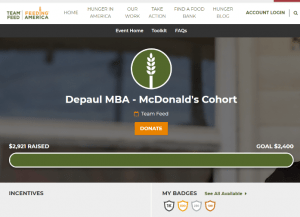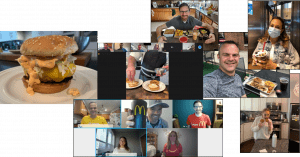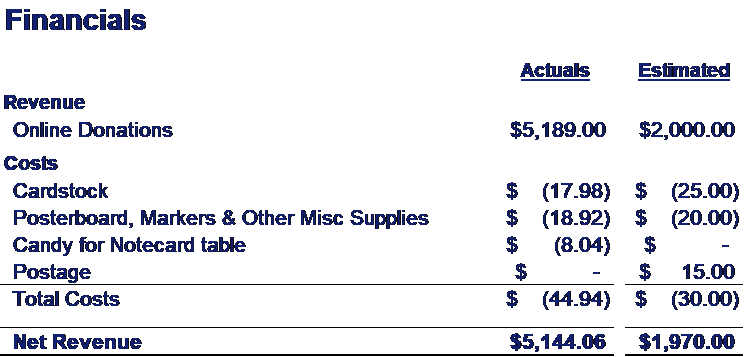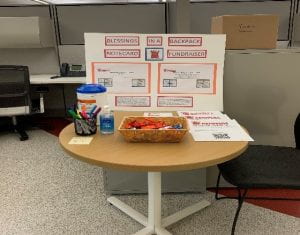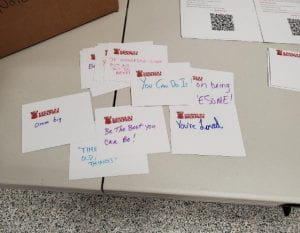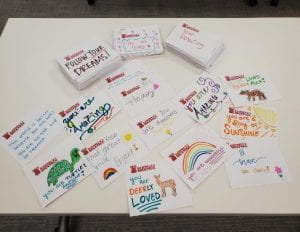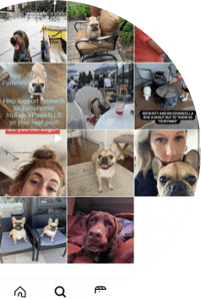The Project
Our team focused on organizing a service project to support the Lincoln Park Conservancy’s restoration efforts of the North Pond and the surrounding areas of North Pond Nature Sanctuary. The charity regularly relies on volunteer support and made it clear that volunteer service was a top priority given COVID-19’s impact on in-person activities.
Therefore, we organized a 2-hour volunteer service event to beautify the North Pond nature area. Volunteers chose between one of three activities: removing invasive cheatgrass along the pond shore, planting and gardening in the family play area, or picking up trash around the park. Our goal was to recruit 50 volunteers and raise awareness for the North Pond by utilizing our personal networks (via personal outreach and sharing event details on social media). An Eventbrite page was leveraged as a sign-up and tracking tool which enabled us to communicate directly with volunteers before and after the event.
In addition to being fun, the event had to be safe. While the event was outdoors, volunteers were asked to split up into smaller groups and remained socially distanced. PPE was on hand as well. To enhance their experience, volunteers were provided granola bars and water.
Lastly, in addition to hosting a volunteer event, as a secondary goal, we asked volunteers and those in our networks unable to attend to donate through the organization’s existing peer-to-peer fundraising system. Our goal was to raise $1000 in support of LPC.
About the Charity
Founded in 1984, the Lincoln Park Conservancy operates under a formal agreement with the Chicago Park District to restore and maintain 1,214 acres of some of the most highly used parkland in Chicago. The conservancy engages in historic conservation, ecological restoration, and park programming to restore and maintain donor-restored park sites and improve Lincoln Park. The Help Save the North Pond Project is one of many privately funded projects LPC supports. Shallow depth, algae blooms from high temperatures, erosion, and nutrient runoff have contributed to North Pond’s dying ecosystem. The Lincoln Park Conservancy has launched an ambitious campaign to secure private funding and volunteers to support a restoration project to save the North Pond.
Analysis of Success Measures
We were extremely pleased with the success of our project. The weather on the day of the event was sunny, clear, and beautiful which helped us achieve a 95% volunteer turnout. We received lots of positive feedback from volunteers on how well organized the event was and how much fun they had. In terms of success measures:
- 52 volunteers recruited on a goal of 50 thus exceeding expectations.
- 104 hours of service contributed (All 52 volunteers stayed for the entire 2 hours of the event).
- $735 in donations raised on a goal of $1000, falling short of our goal by $265.
- 2500 square feet area of cheatgrass weeded.
- 400 wildflowers, grasses, and shrubs were planted.
- 15+ bags worth of trash collected.
- $76 in actual expenses on a budget of $200. Favorable variance driven by not tapping into contingency budget and over-estimating food and beverage costs.
Lessons Learned
- For a service event, do not be overly concerned with the food and beverage you are providing. At the end of the day, the volunteers were focused on the service and not refreshments. While they were grateful for snacks and water, everyone’s priority was on volunteering.
- Identify the strengths and areas of interest among team members to help lead tasks. This will ensure all team members contribute effectively and are engaged throughout the project.
- Work with a charity you have a personal connection with that has the capacity for collaboration. LPC’s active engagement helped facilitate a successful event.
Advice for Future Teams
- Meet early and often both with your group and the charity. Weekly team and charity meetings helped keep everyone aligned and the project moving along. Frequent meetings built a strong group rapport and enabled everyone to work more cohesively.
- Ensure everyone is passionate about the project and the charity. This will engender high levels of commitment from all group members and will keep everyone engaged.
- For any team considering a large-scale volunteer event, maximizing sign-ups and turnout is key. Give potential volunteers ample notice to make sure they will be available on the event day. Ensure this by aligning with your charity and establishing your event date as soon as possible and far enough into the future.
Project Photos
